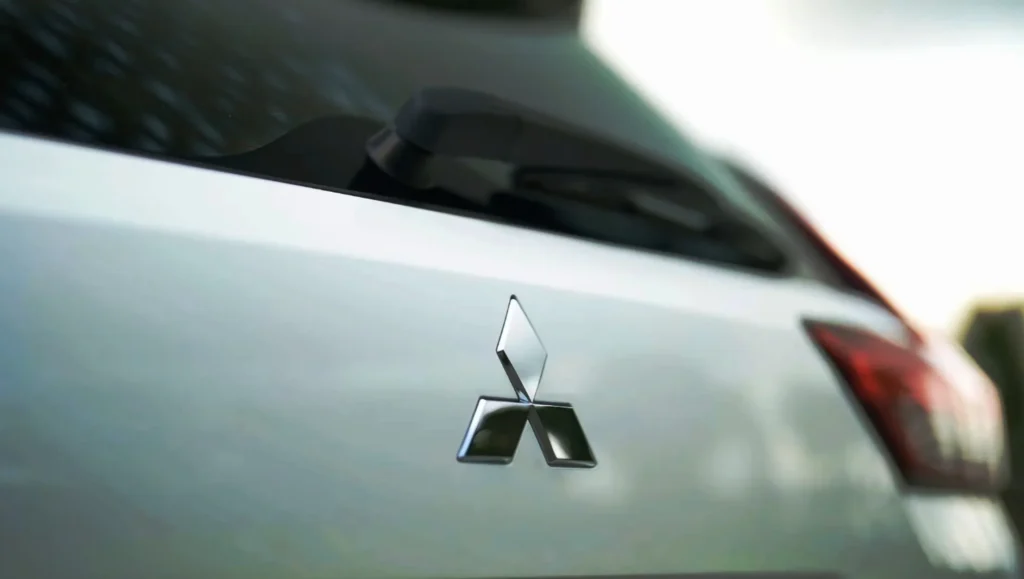2026 Mitsubishi Xpander – The 7-Seater MPV Review
An in-depth 2026 Mitsubishi Xpander review. Delve into its background, exterior look, interior build, features, performance, safety, price, advantages and disadvantages, and why it is still Southeast Asia’s favorite MPV.
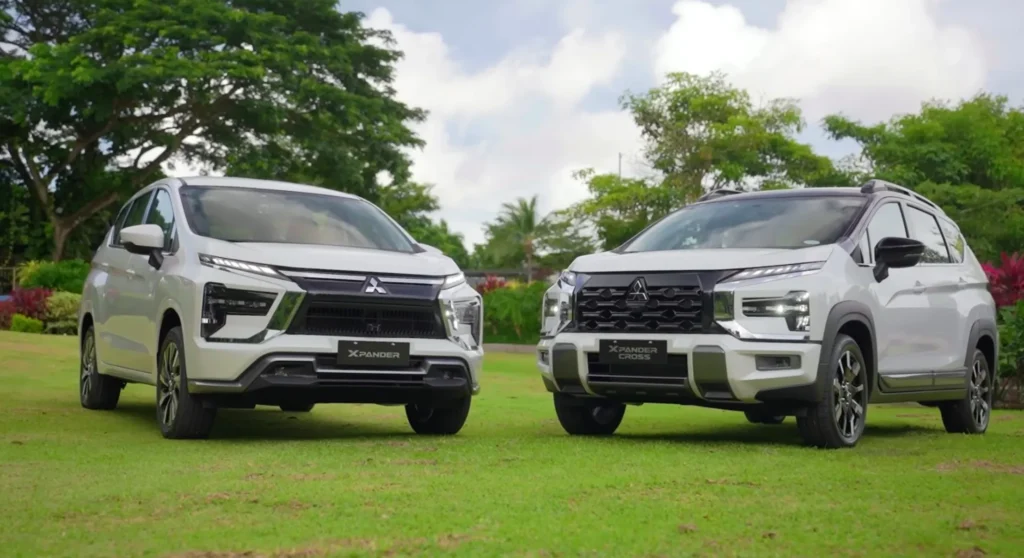
A Short History – How the Xpander Revolutionized the Game
When it arrived in 2017, it joined a field of cut-rate MPVs that were largely identical: boxy, dull, and made for one purpose only—affordable transport. But Mitsubishi had other ideas.
They wondered: What if a family vehicle didn’t have to be so dull? What if it could take the utilitarian virtues of an MPV and match them with the off-road charm of an SUV?
And the Xpander showed up with aggressive design, seven passengers, a reasonable ground clearance, and a price that made sense for expanding families, small enterprises, and even for ride-hailing drivers. In a matter of months, it was not just selling—it was dominating. In Indonesia, alone, it was soon one of the top-selling vehicles of the decade.
Jump to 2026, and the Xpander is no longer the sleeper. It’s the standard. But the competition is closing in quickly. Toyota, Suzuki, Hyundai—they all want a bite of this pie. So Mitsubishi had to update its star player without losing what made it popular.
This brings us to the 2026 Mitsubishi Xpander facelift, which is not a complete redesign but feels more mature, safer, and smarter—like that teenager who finally shed their baggy jeans and matured into a dapper blazer.
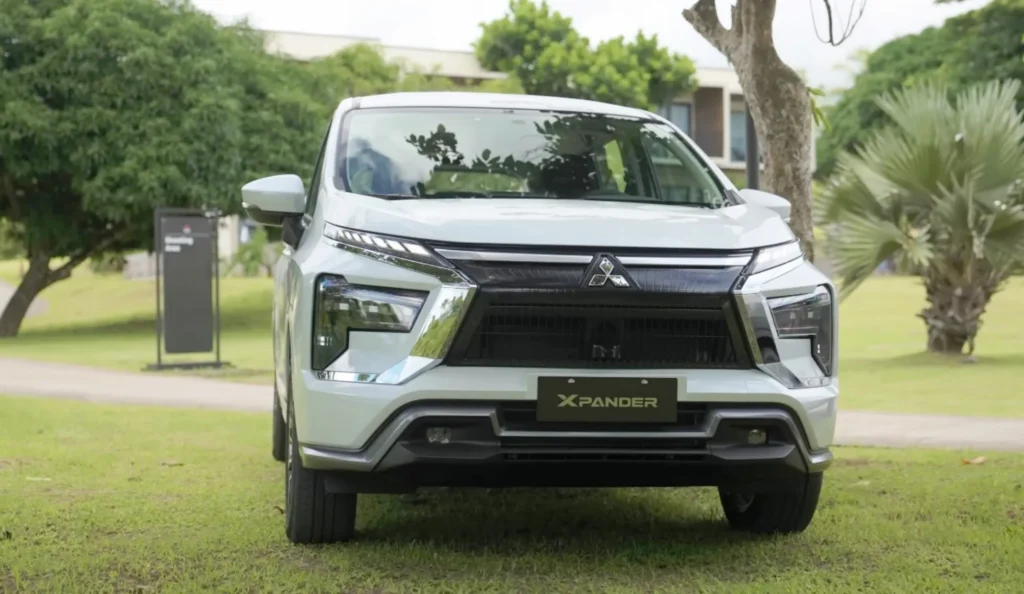
Interior and Build Quality – The Grown-Up Cabin
Get into the new Xpander, and the initial impression is evident: this is no longer a budget-first cabin.
Gone is the plasticky, lightweight feel of previous models. In its place is a more robust, upscale interior with tighter panel gaps and an all-black motif that makes it look modern and high-end. It doesn’t quite reach the premium crossovers in terms of plushness, but it’s far better than where the Xpander began.
Key Interior Highlights:
New dashboard design with cleaner, more functional design.
Three-spoke steering wheel reminiscent of bigger Mitsubishi SUVs, injecting a sporty flavor.
8-inch digital instrument panel making the cabin appear advanced-tech.
10-inch infotainment system (on higher trims) with wireless Apple CarPlay and Android Auto.
360-degree around-view monitor easing parking on congested city roads.
But it’s not merely aesthetics—it’s about coziness. Mitsubishi has finally acknowledged that the Xpander frequently serves as an over-the-distance workhorse. The second-row seats have fold-down armrest with cup holders, and the third row gets good headrests.
In the Cross variant, burgundy leather seats with Heat-Guard technology make all the difference in hot climates, eliminating that sticky, burning seat sensation when you get back to your car after lunch.
There’s storage everywhere—door bins, cubbies, under-seat crannies—evidence Mitsubishi understands Southeast Asian families travel like they’re moving house every weekend.
The bottom line? The 2026 Xpander’s interior is finally a place you actually want to be, not just have to endure.

Performance – Same Old Heart, But a Reliable One
Pop the bonnet, and there’s no revolution to be found. The Xpander continues with the same 1.5-liter DOHC MIVEC engine, churning out 105 hp and 141 Nm of torque.
To car buffs, that’s not exciting. For those with school runs, traffic congestion, and provincial road trips to contend with, it’s more than good enough. Mitsubishi has opted for reliability over innovation.
Transmission Options:
5-speed manual for penny-pinchers.
CVT for smoother acceleration and improved fuel economy.
4-speed automatic (continues to be offered in some markets).
On the highway, the Xpander is nice and calm. It won’t shock you with hurry, but it won’t leave you behind on overtakes either—if you think ahead. The CVT good in traffic, where smooth gear shift ease in slow movingtraffic of Manila or Jakarta streets.
Fuel Economy:
Look for 13–15 km/L, depending on your transmission and driving style.
Not innovative, but impressive for a seven-seater that can carry kids, groceries, and the occasional mountain of balikbayan boxes.
This isn’t a high-performance machine—it’s a workhorse, the type that endures daily punishment and keeps going without complaint.
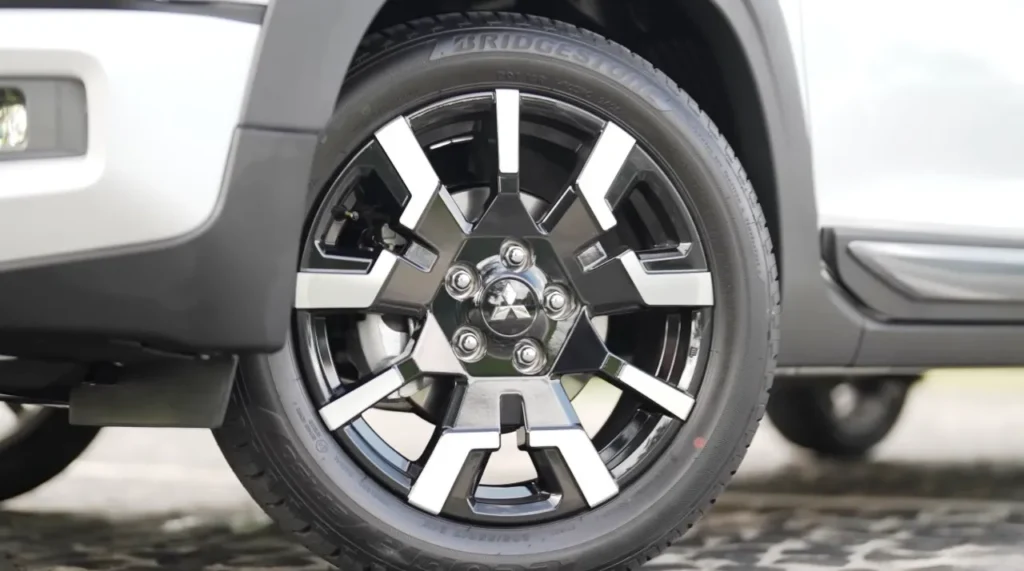
Safety – Finally Taking Families Seriously
If there’s one area where Mitsubishi has finally woken up, it’s safety. Earlier Xpanders were criticized for offering just two airbags in most trims. The 2026 model finally steps up.
New and Improved Safety Features:
Six airbags in all higher trims for driver, passenger, side, and curtain.
Active Stability Control (ASC) for better handling.
Hill Start Assist (HSA) for smoother takeoffs on steep inclines.
ABS with EBD to improve breaking stability.
360° rear camera in GLS and Cross trims.
Active Yaw Control (AYC), which lightly brakes inner wheels in turns for added stability.
What’s not here yet? The high-end driver-assist (ADAS) such as lane-keeping, adaptive cruise, or automatic emergency breaking. Competitors are introducing them in stages, so Mitsubishi will be perceived to be a step behind if they don’t have them.
Still, in comparison with previous Xpanders, this is a giant step forward, and families will feel a lot safer.
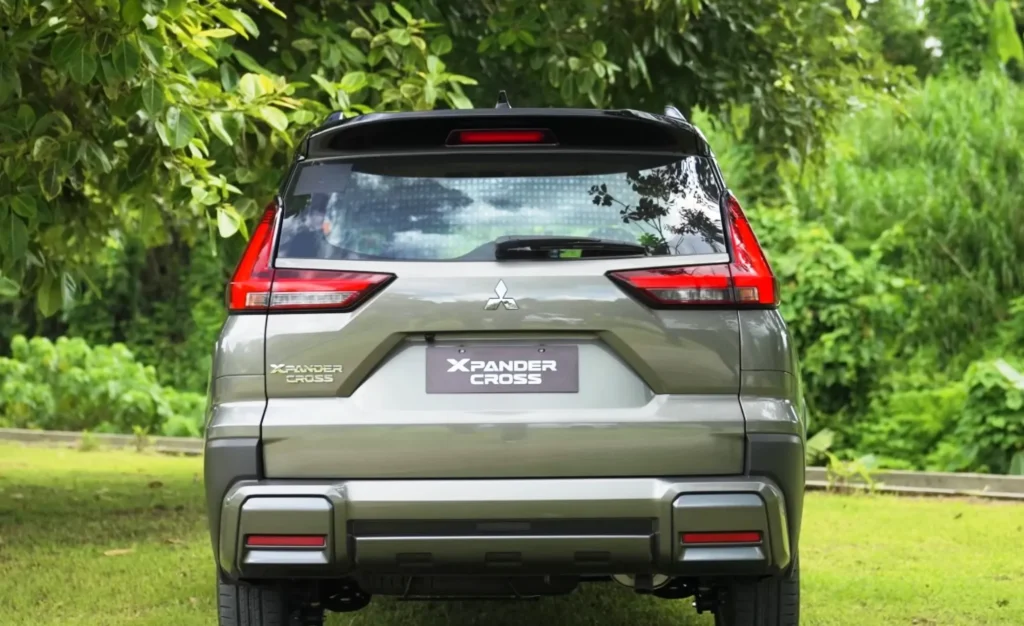
Capabilities – The All-Rounder That Southeast Asia Adores
Why the Xpander is adored isn’t solely because of its design or affordability—it’s because of how versatile it is in the real world.
Why It Succeeds in Southeast Asia:
Seven-seat versatility: Bring people today, bring cargo tomorrow.
220mm ground clearance: High enough to laugh at potholes, high enough to endure flash floods.
Comfortable suspension calibration: Kicks through rough provincial roads without manhandling your passengers like dice.
Spacious cargo area: Fold down the third row, and you can accommodate everything from sacks of rice to children’s bicycles.
Economic fuel efficiency that allows Grab and Gojek drivers to make the most of their earnings.
It’s not about off-road bravado—it’s about coping with real-world Southeast Asian road conditions, and that’s where the Xpander excels.
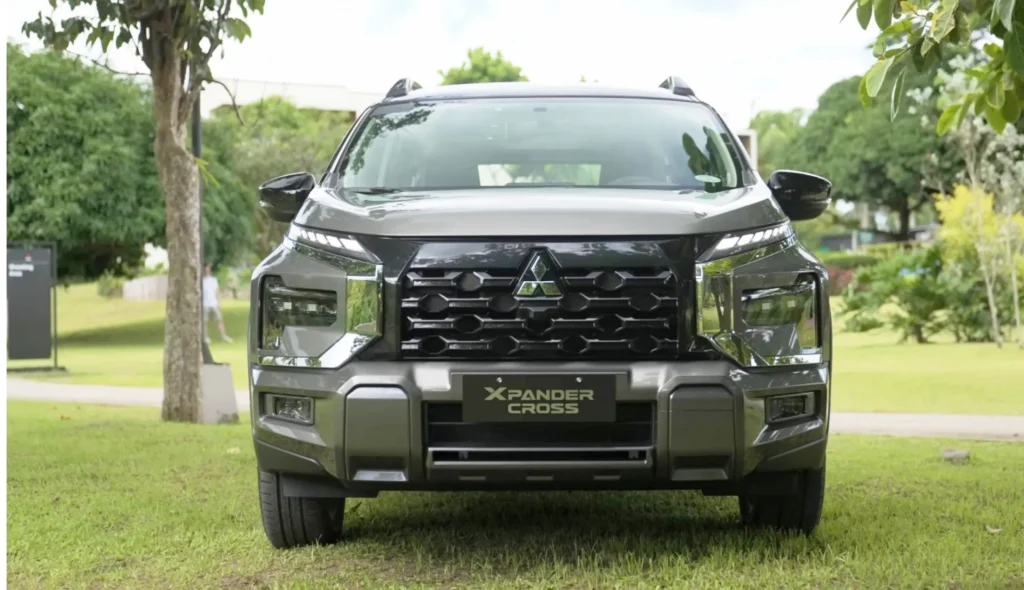
Pricing and Availability – Still Pounding the Sweet Spot
In spite of all the enhancements, Mitsubishi has managed to keep prices competitive and family-friendly.
Philippines: From ₱1.099M (GLX MT) to ₱1.378M (Xpander Cross AT).
Indonesia: IDR 270–320 million, based on trim.
Vietnam: Arriving late 2025, priced is more than the previous model.
This positioning opens up the Xpander to middle-class families, entrepreneurs, and ride-hailing operators, but still provides an upgrader feel versus older competitors.
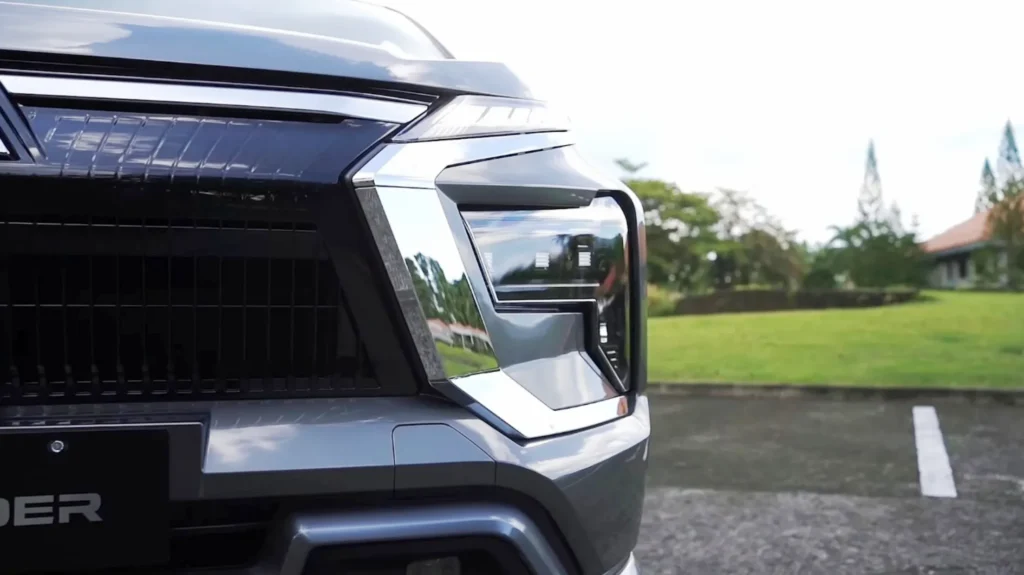
Pros and Cons – No Car Is Perfect
What’s Great:
Fashionable SUV-style looks still gets admiring glances.
Refined cabin ambiance and tech.
Six airbags on upper trims (at last).
Adaptable, utilitarian seating and cargo space.
Good fuel economy for its class.
What Needs Improvement:
Lowly engine power.
Still no ADAS or advanced driver aids.
Lower trims lack the premium features.
No AWD available—just FWD for cautious shoppers.
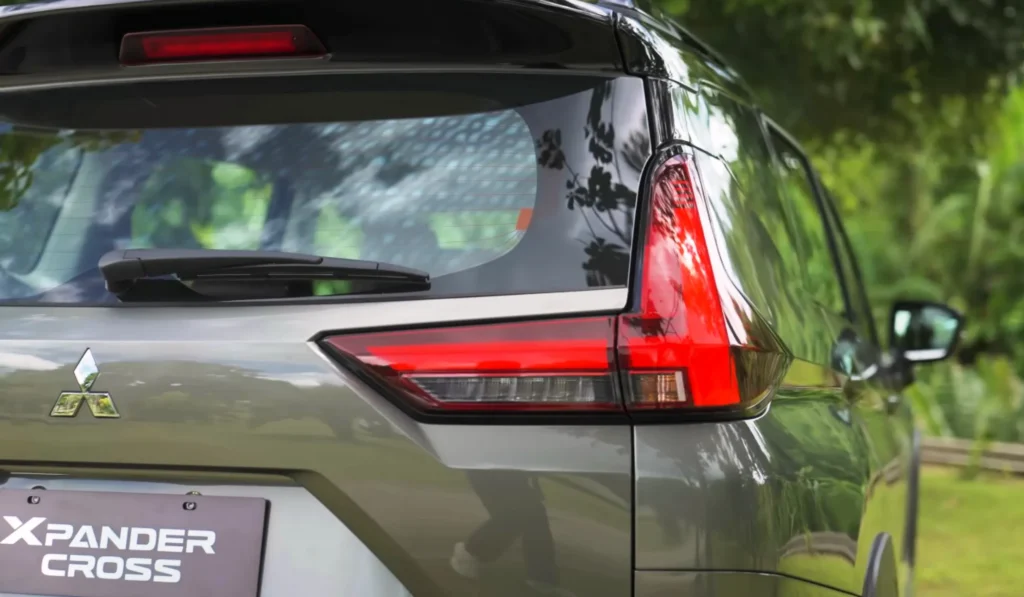
Final Verdict – The MPV That Just Gets It
Here’s the truth: The 2026 Mitsubishi Xpander isn’t flashy. It doesn’t follow the latest trends or attempt to be something it isn’t. What it does is straightforward but effective:
It comfortably transports your family, It pockets you money on fuel, It tackles Southeast Asian roads with toughness.
And now, it keeps you safer than ever.
For households that require one car to do it all, for ride-hail drivers who require efficiency, and for companies that require dependability, the Xpander remains the safest bet in town.
Yes, the competition is getting prettier. Yes, ADAS is lacking. But for the price, the Xpander still gets the best mix of utility, reliability, and affordability.
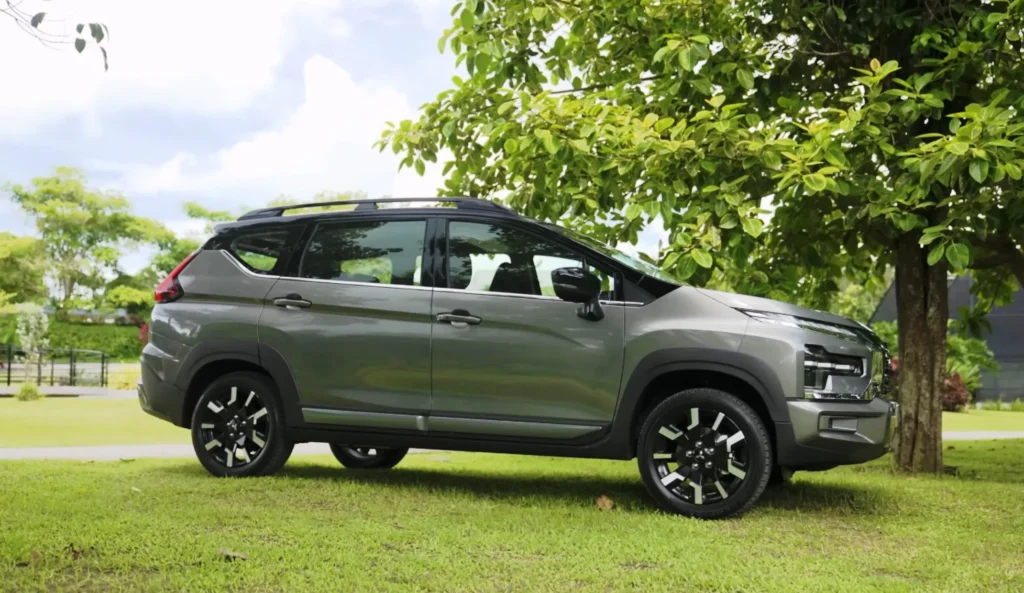
FAQs – 2026 Mitsubishi Xpander
Q: Is the 2026 Mitsubishi Xpander fuel-efficient?
Yes, it has an average of 13–15 km/L, positioning it among the most fuel-efficient MPVs in its class.
Q: How many seats does it have?
It’s a seven-seater with foldable seats for cargo convenience.
Q: What’s new in the 2026 facelift?
A new design, enhanced interior materials, digital cluster, 10-inch infotainment (on higher trims), and six airbags.
Q: Is it good for long drives?
Yes. The Xpander provides comfort, room, and dependability, perfect for road trips.
Q: How much does it cost?
In the Philippines, it costs between ₱1.099M and ₱1.378M. In Indonesia, it costs from around IDR 270 million
